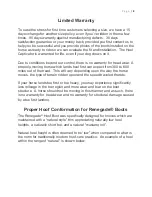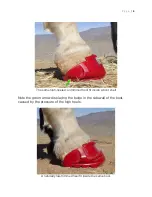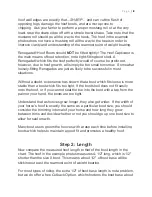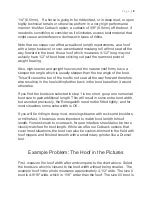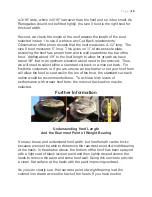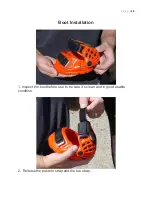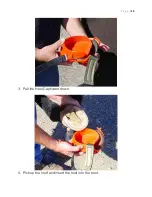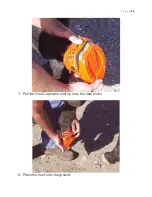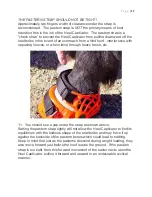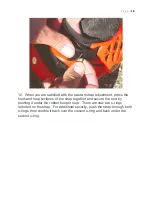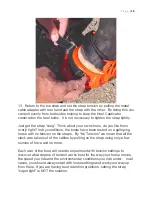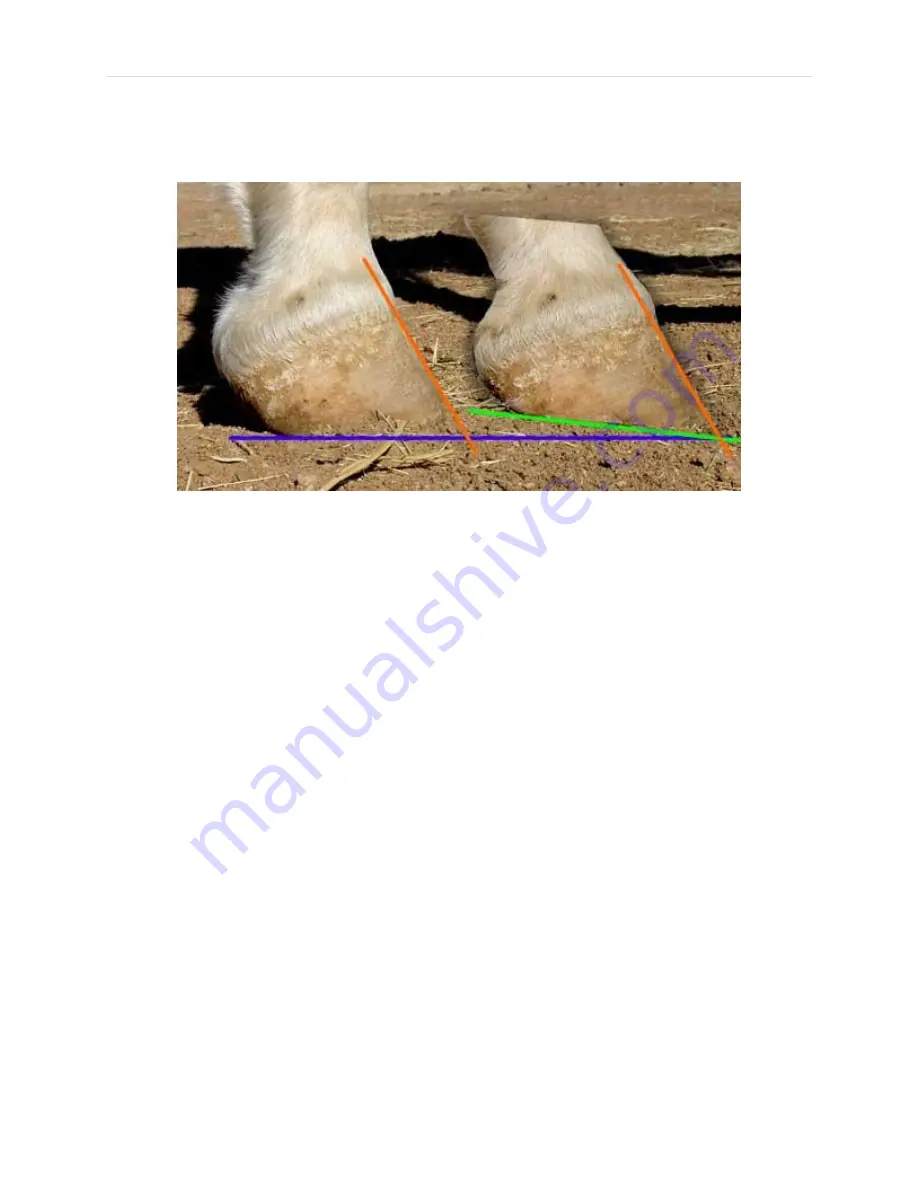
P a g e
|
5
The lower heel has taken the excess pressure off the sidewalls.
A side-by-side comparison of the two hooves;
High heels at left and naturally-trimmed low heels at right
The high-heeled hoof form often
Results in less than optimal BOOT performance.
If your horse exhibits high heels, you can expect problems with boot
retention, increased wear and tear on the cables, and increased tread wear
at the toe as a result of forward-shifted weight-bearing and a lack of a
proper heel first landing.
The high-heeled hoof form often
Results in less than optimal HORSE performance.
It should also be noted that the high-heeled hoof form and its often-
associated steep pastern angles greatly reduces the length of stride and
diminishes the leg column’s ability to properly suspend the weight of the
horse and absorb shock, which may lead to a shorter useful competitive life
of the horse.
If your horse has high heels, what should you do?
The two hooves shown in the above examples are actually the very same
hoof, with the photos taken right before and right after a natural trim with
considerable heel reduction! Through proper trimming practices, most high-
heeled horses can achieve a lower and more natural hoof form.
Sometimes the horse may have only one high heel (usually the right fore),


